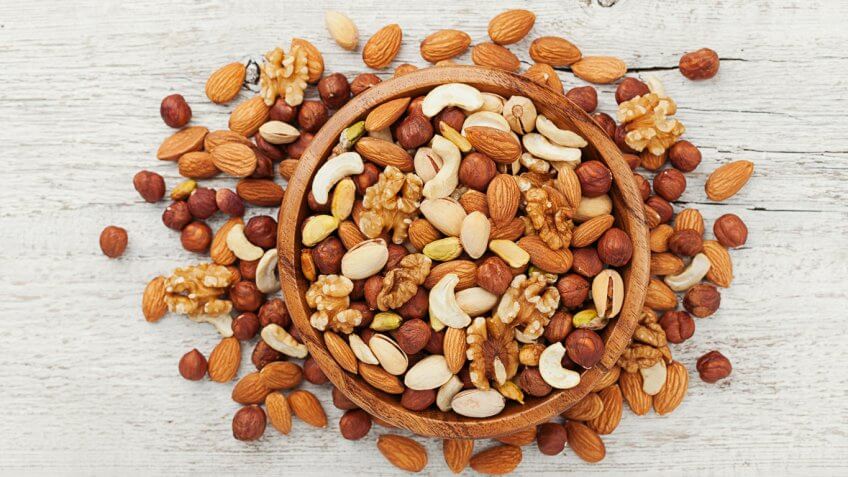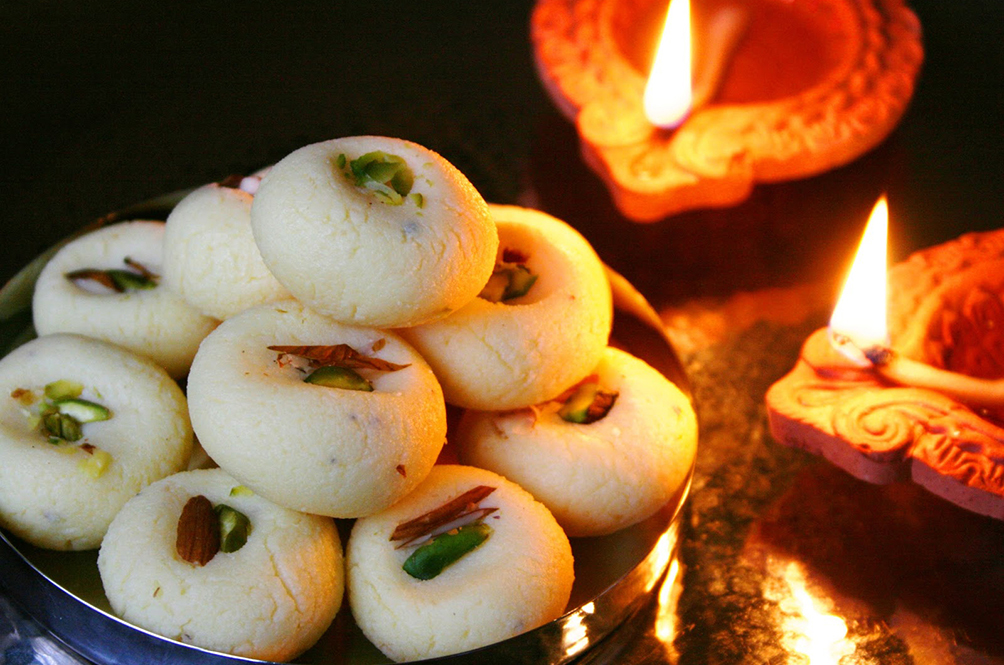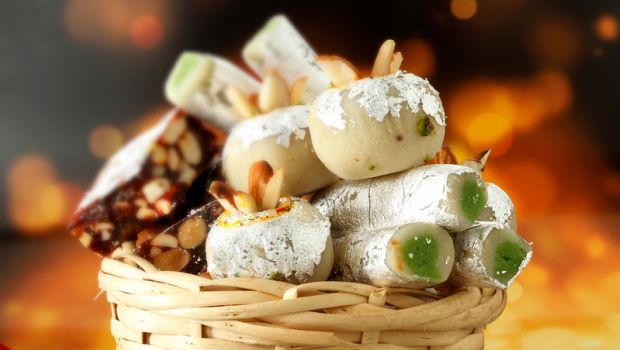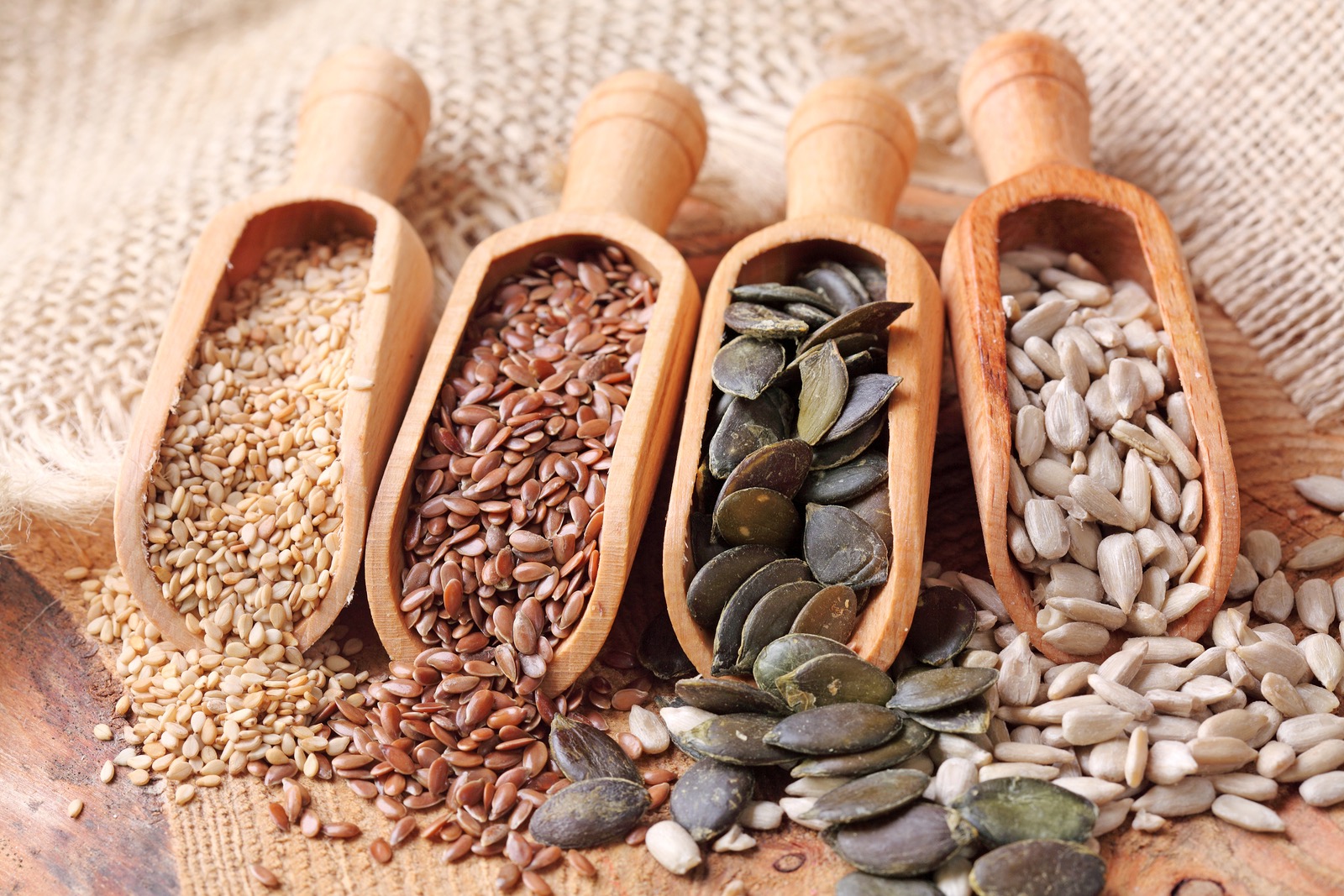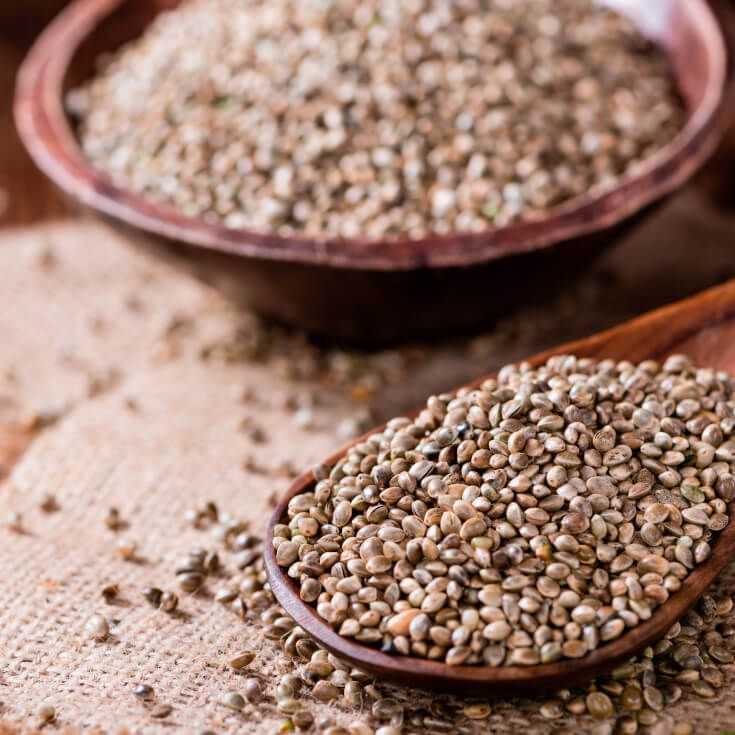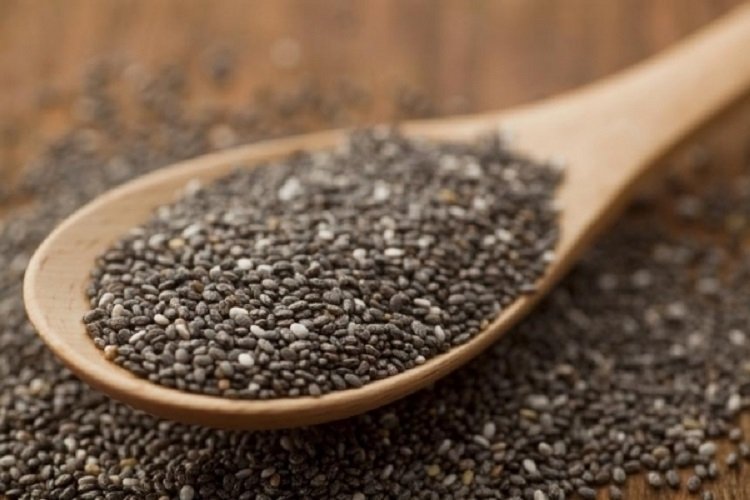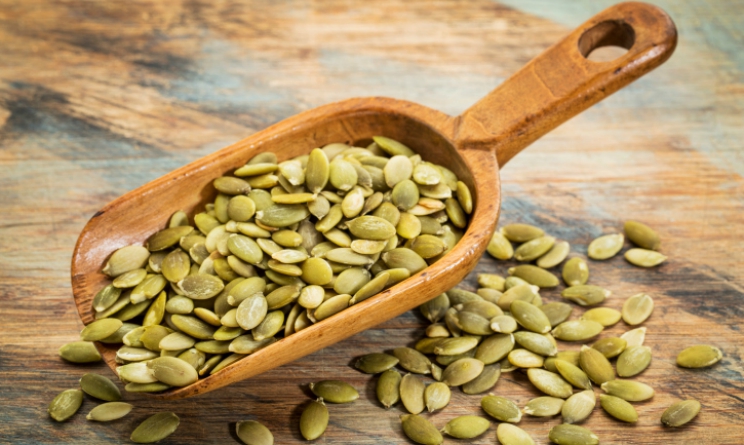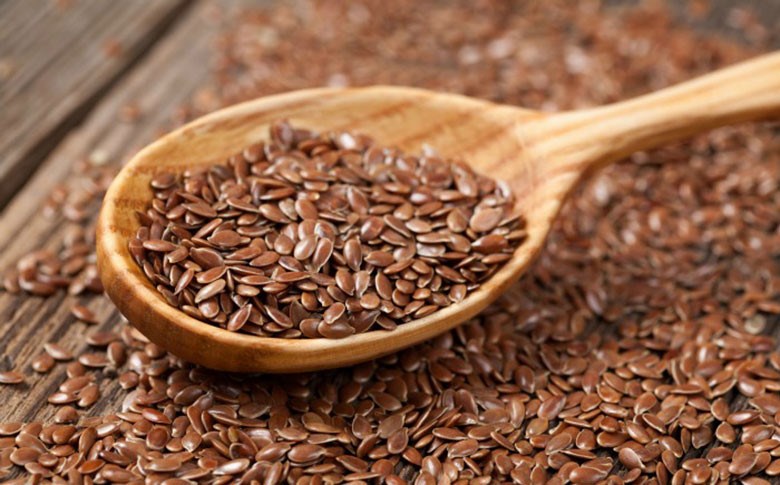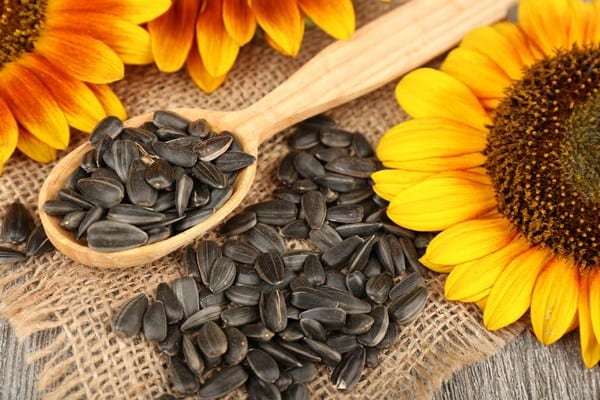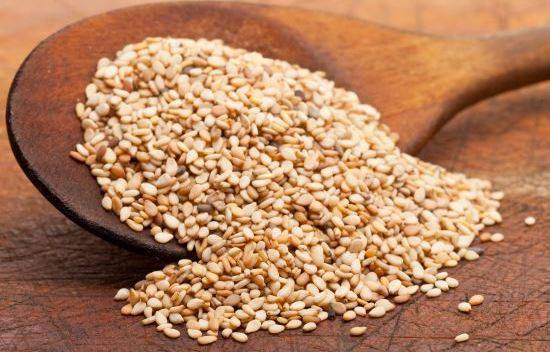Healthy, tasty, packed with nutrition, easy to carry -it’s easy to go nuts over nuts. Dry fruits are not just delicacies but are powerhouses of nutrition. Packed with proteins, essential fatty acids, antioxidants and minerals, these are little factories of good health. Since most of the water is extracted from dry fruits, their nutrients are condensed into small packages. But if you are watching your weight, dry fruits should be eaten in moderation as they are nutrient dense in sugars too, and thus calories. Limit the intake to about 20 grams total of mixed t nuts and dry fruits and avoid snacking straight from a bag. It leads to overeating.
ALMONDS
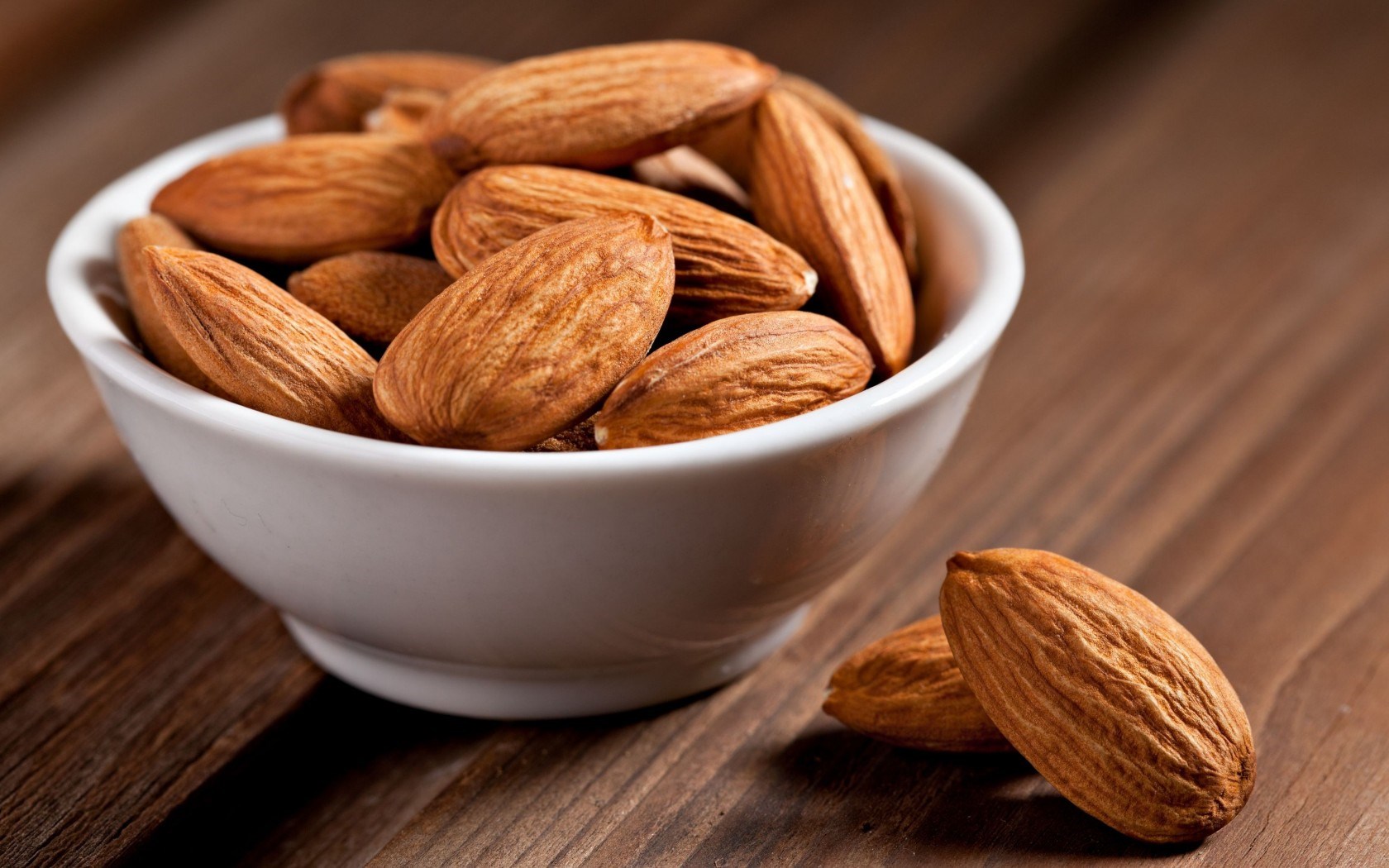 Can a high-fat food be good for you? Almonds challenge this oxymoron perfectly well. It’s rich in monounsaturated fatty acids that have a heart-protective role and are excellent for your brain and skin health. Almonds are also rich in Vitamin E, magnesium and potassium, all of which go hand in hand to maintain normal blood pressure, improve blood circulation and maintain healthy heart function. Trace minerals like copper and manganese found in almonds have added to their health quotient. Both copper and manganese are needed in very small quantities, but have an important role to play. Eat in small quantities (4-7 pieces) daily to get a whole entourage of health benefits.
Can a high-fat food be good for you? Almonds challenge this oxymoron perfectly well. It’s rich in monounsaturated fatty acids that have a heart-protective role and are excellent for your brain and skin health. Almonds are also rich in Vitamin E, magnesium and potassium, all of which go hand in hand to maintain normal blood pressure, improve blood circulation and maintain healthy heart function. Trace minerals like copper and manganese found in almonds have added to their health quotient. Both copper and manganese are needed in very small quantities, but have an important role to play. Eat in small quantities (4-7 pieces) daily to get a whole entourage of health benefits.
WALNUTS
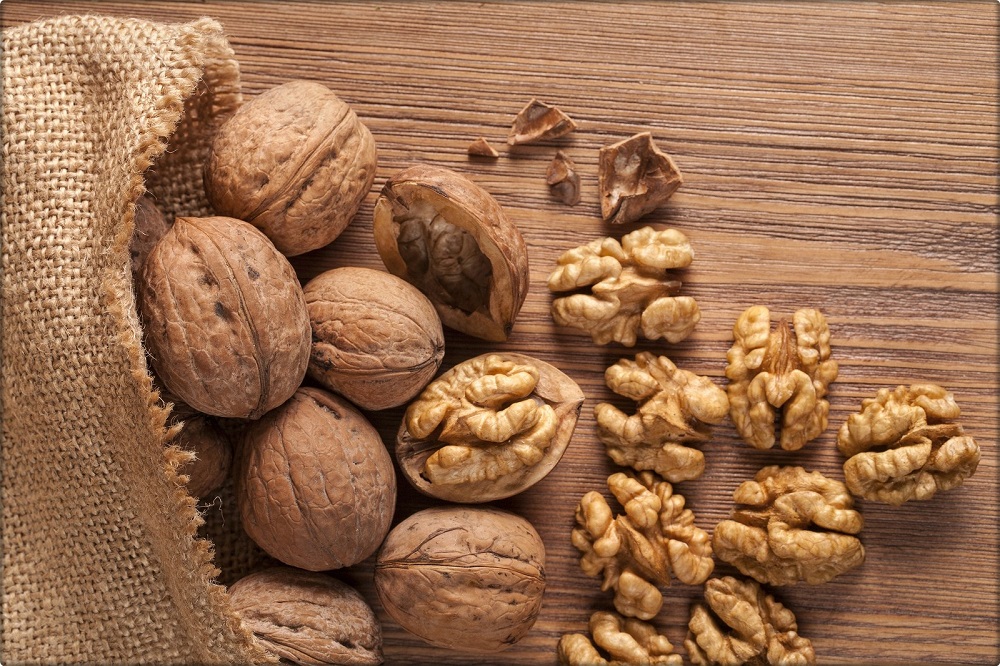 The outer layer of the shelled walnut -the white-ish, flaky, sometimes waxy part has a bitter flavour. But resist the urge to remove it. Research shows that 90 per cent of the antioxidants -including the phenolic acids, tannins, and flavonoids -are found in the skin.Walnuts are excellent sources of Vitamin E in a form that is unusual to find gamma-tocopherol. It has a major cardio-protective role. Along with great taste and health benefits, they are sources of monounsaturated fats and Omega-3 fatty acids. Add them to salads, desserts or just pop , them daily (3-4 halves).
The outer layer of the shelled walnut -the white-ish, flaky, sometimes waxy part has a bitter flavour. But resist the urge to remove it. Research shows that 90 per cent of the antioxidants -including the phenolic acids, tannins, and flavonoids -are found in the skin.Walnuts are excellent sources of Vitamin E in a form that is unusual to find gamma-tocopherol. It has a major cardio-protective role. Along with great taste and health benefits, they are sources of monounsaturated fats and Omega-3 fatty acids. Add them to salads, desserts or just pop , them daily (3-4 halves).
DATES
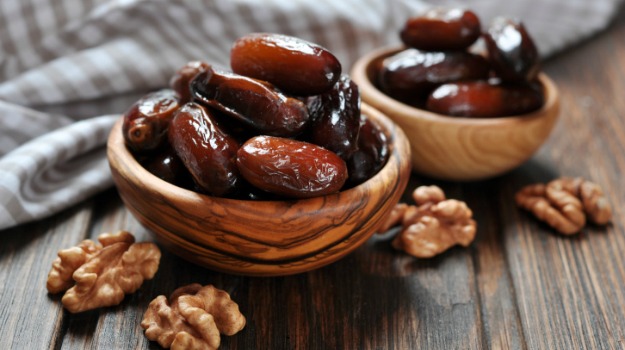 Incredibly delicious, dates are one of the most popular fruits packed with an impressive list of essential nutrients, vitamins and minerals, required for normal human growth, wear-n-tear and overall wellbeing. Rich in fructose and dextrose, dates provide simple sugars easily and are a good way to start the day and jump-start the body’s metabolism. Enjoy 1-2 medium-sized dates daily. Over indulgence can turn the tables on you.
Incredibly delicious, dates are one of the most popular fruits packed with an impressive list of essential nutrients, vitamins and minerals, required for normal human growth, wear-n-tear and overall wellbeing. Rich in fructose and dextrose, dates provide simple sugars easily and are a good way to start the day and jump-start the body’s metabolism. Enjoy 1-2 medium-sized dates daily. Over indulgence can turn the tables on you.
PISTACHIOS
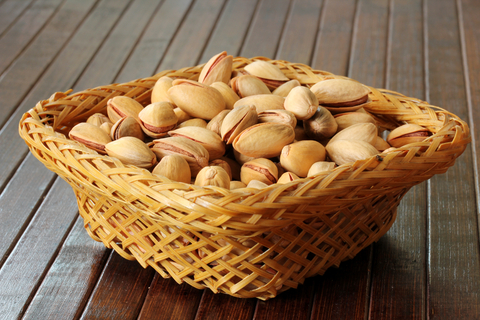
Symbol of wellness, strength and robust health, pistachios are the evergreen nuts that no one can resist. Pistachios contain more protein in comparison with other nuts like almonds, cashews, hazelnuts, pecans and walnuts; the fat content being the lowest amongst them. They are rich in oleic acid, carotenes and Vitamin E. However, the salted counterparts negate the health quotient. Limit quantities to not more than 20 grams a day.

